We first learn about Ancient History of West Bengal from Mahabharata. Different dynasties have dominated their reign.
The history of Bengal has started from the period of the Aryan invasion in India. During this period, Bengal was known as Gauda or Vanga mentioned in ancient Sanskrit literature. Additionally, some of the evidence excavated in various parts of West Bengal indicates their settlement in Bengal and their prehistoric stone implements as well. The entire region of Bengal was also known as Gangaridai by the ancient Greeks and Romans. Some scholars believed that the origin of the title ‘Banga‘ is derived from the ‘Bong tribe‘.
01. ORIGIN OF PEOPLE IN WEST BENGAL
The Bengalees are an Indo-Aryan ethnic group and they primarily lived in Bangladesh (East Bengal) and in the Indian states like West Bengal, Tripura, Assam, and Jharkhand. They normally are not the descendants of Aryans. Dom, Chandala, Fladi, Kola, Sahara, and Pulinda were the primitive settlers in this region. It has been observed from anthropological and archaeological shreds of evidence that the Bengali-speaking people belong to a number of racial elements with completely different ethnic origins.
Mainly, three main racial elements came together to form the Bengalee race. They were the Aryans, the Dravidians, and the Mongolian tribes.
Additionally, after extensive research by some scholars emphasized the idea that people in Bengal are the descendants of Homo-alpinus, and they mainly resided in the parts of the Pamir and the Taklamakan areas.
But the first scientific investigation was accomplished by Sir Herbert Risley on the origin of Indian people. He was the first to scientifically established the relation of the spherical head between Bengali people and Mongoloid traits. After his research, he concluded that Bengali people are the common descendants of the Dravidians and the Mongoloid people.
However, his view was strongly opposed by RP Chanda who argued in favour of the Bengalee race originating from the Homo-alpinus kind of people but they came from the Pamir region and spoke in an Indo-European language.
02. PRE-HISTORIC PERIOD OF WEST BENGAL
The pre-historic period of West Bengal is divided into four eras: The palaeolithic period, the Mesolithic period, the Neolithic period, and the Chalcolithic period. These are mentioned beneath:
(A) PALEOLITHIC PERIOD (HUNTERS AND FOOD GATHERS): (500,000 BC – 8,000 BC)
• The Palaeolithic Age is the earliest period of the Stone Age, which developed in the Pleistocene period or the Ice Age.
• The people of this age were food gathering people who lived on hunting and gathering wild fruits and vegetables.
• Man during this period used tools of unpolished, undressed rough stones and lived in the cave and rock shelters. They had no knowledge of agriculture, fire, or pottery of any material.
• They mainly used hand axes, cleavers, choppers, blades, scrapers, and burin. Their tools were made of hard rock called ‘quartzite’. Hence Paleolithic men are also called ‘Quartzite Men’.
• The Paleolithic Age in India including Bengal was divided into three phases according to the nature of stone tools used by the people and also according to the nature of change in the climate – Early or Lower Paleolithic (5,00,000 BC-50,000 BC), Middle Paleolithic (50,000 BC-40,000 BC), and Upper Paleolithic (40,000 BC-10,000 BC).
• Homo sapiens first appeared in the last of the Upper Paleolithic period.
(01) A total of 162 lower-Palaeolithic sites have been found in West Bengal, but the majority of sites were found in Radh plain. Basically, these are situated on the valley slopes, the foothills, and the river banks.
Some important sites are Egara Mail (Paschim Bardhaman), Jibdharipur (Birbhum), Jagannathpuri, Mohanpur, Nakbindhi, Patina, Parihati, Satbati, Tarapheni reservoir bridge (all in Medinipur), etc.
Its characteristic tools are hand axes, cleavers, and choppers mainly for chopping, digging, and skinning. These tools were used in this region primarily made by pebbles of quartz and quartzite.
(02) A total of 41 Middle-Palaeolithic sites have been listed from West Bengal and these sites are located in Bankura, Bardhaman, Birbhum, and Medinipur districts.
They used stone tools made of flakes, mainly scrapers, borers, points, and bladelike tools. The use of flake tools mainly marks the middle Palaeolithic period.
(03) A total of 10 Upper-Palaeolithic sites located in West Bengal and these sites are mainly located in Bankura, Bardhaman, and Medinipur district.
This period is marked by parallel-sided blades, burins, and scrapers, and the tools were made by green quartzite, chert, quartz, sandstone, etc.
(B) MESOLITHIC PERIOD (HUNTERS AND HERDERS): (8,000 BC – 6,000 BC)
• In this age, the climate became warm and dry. Climate changes brought about changes in fauna and flora and made it possible for human beings to move to new areas. Since then, there haven’t been major changes in the climate.
• Only 3 sites have been found in West Bengal specifically Birbhanpur in Bardhaman district, Chamargora in-Medinipur district, and Paruldanga in Birbhum district.
• The characteristic tools of this age were microliths (miniature stone tools usually made of crypto-crystalline silica, chalcedony, or chert, both of geometrical and non-geometrical shapes). By using microliths, they made composite tools spearheads, arrowheads, and sickles after hafting them on wooden or bone handles.
• The people lived on hunting, fishing, and food gathering; at a later stage they also domesticated animals.
• During the last phase of this period they started plane cultivation.
(C) NEOLITHIC PERIOD (FOOD-PRODUCING STAGE): (6,000 BC – 1,000 BC)
• The Neolithic man innovated and depended on polished stone tools other than quartzite for making tools.
• Neolithic men cultivated land and grew fruits and corn like ragi and horse gram (kulathi). They domesticated cattle, sheep, and goats.
• They knew about making fire and making pottery, at the beginning by hand and then by potter’s wheel. They also painted and decorated their pottery.
• They lived in caves and decorated their walls with hunting and dancing scenes. They also knew the art of making boats. They could also weave cotton and wool to make cloth.
• In the later phase of the Neolithic Period, people led a more settled life and lived in circular and rectangular houses made of mud and reed.
• A total of 84 Neolithic sites have been found in West Bengal. The nature and distribution of Neolithic records strongly suggest two focal areas of Neolithic culture with reverse patterns of developments. The first one is the Himalayan foothills comprising Kalimpong and adjacent Sikkim state and the second one is the plateau fringe area comprising the districts of Bardhaman, Bankura, Birbhum, Medinipur, and Purulia.
Neolithic culture of the plateau area is distinguished by the Neolithic tools made with distinct grey and pale ceramics whereas, the Neolithic culture of the Himalayan foothill area is distinguished by the Neolithic tools made without ceramics.
(D) CHALCOLITHIC PERIOD ( COPPER-STONE AGE): (1,000 – 500 BC)
In West Bengal, the first Chalcolithic or Copper Age site was discovered on the bank of Ajay river in the Purba Bardhaman district by the course excavation achieved by BB Lal and Pandu Rajar Dhibi in 1954-57.
Pre-historic Chalcolithic sites were mostly distributed in the South-Western part of West Bengal.
The importance of these discoveries revealed that the people of West Bengal had a clear idea about town planning and its formulation. They constructed well-planned towns, where the roads had been made from stones, gravels, and clay with a mixture of water. They have a good knowledge of the drainage system because the streets were connected with small channels that drained the water to a common point.
In this period, people used metal along with stone tools. The first metal to be used was copper, though they also occasionally used bronze. The copper metal used for preparing hand tools (like hand axes) and implements, which were used for agriculture and hunting purposes.
Both agriculture and trade were the strength of their economic system.
They cultivated rice, wheat, and different seasonal crops like bajra, several pulses such as lentil, black gram, green gram, and grass pea. Whereas those people living in eastern regions including Bengal lived on fish and rice. Chalcolithic age people cooked their food.
Simultaneously, Chalcolithic people domesticated animals like cows, sheep, goats, pigs and buffaloes, and hunted deer. They ate beef but did not like pork and were also not familiar with horses.
The Chalcolithic people used different types of pottery of which black and red pottery were most popular. It was wheel-made and painted with a white line design.
These people were not acquainted with burnt bricks. They generally lived in thatched houses. It was a village economy.
03. VEDIC PERIOD OF WEST BENGAL
The word Veda has been derived from the root ‘vid’, which means to know/knowledge. There are 4 Vedas (Rig Veda, Sama Veda, Yajur Veda, Atharva Veda) and every Veda generally has 4 parts (Samhita, Brahmana, Aranyaka, and Upanishad).
From archaeological research, it clearly indicates that there was an extremely developed culture in Bengal earlier than the Aryan settlement. Although in the Rigveda, there isn’t any reference to Bengal. However, some references indicate that the primitive individuals in Bengal were completely different in ethnicity and tradition from the Vedic individuals beyond the boundary of Aryavarta and the individuals who were classified as Dasyus (Pundras).
From different scriptures, it came to know that Bengal was divided into many small kingdoms. These kingdoms were Anga, Harikela, Sarnatata, Vanga (Southern Bengal), Pundra (Northern Bengal), and Suhma (Western Bengal) kingdoms.
According to the Mahabharata, Bengali kings were defeated by Bhima. It was mentioned by Kalidasa that Raghu defeated a coalition of ‘Vanga’ kings.
04. POST-VEDIC PERIOD OF WEST BENGAL
It is considered that the Post-Vedic period begins when the Aryans settled on the land of Bengal. The use of better iron tools and weapons enabled some territorial states to become very large, and they came to be called Mahajanapadas (large territorial states) in ancient North India.
According to Buddhist texts, Anguttara Nikaya (the land between Himalayas and Narmada) was divided into 16 independent states (Mahajanapadas):
it was observed that the 16 Mahajanapadas were consolidating themselves during the Post-Vedic period. The term ‘Janapada‘ signifies ‘the foothold of a tribe‘. These were the 16 great nations at this period that are quoted in the Anguttara Nikaya, a Buddhist textual content. We also know about Janapadas from Mahabharata.
The names of 16 Mahajanapadas are Anga, Asmaka, Avanti, Chedi, Gandhara, Kosala, Kashi, Kamboja, Kuru, Magadha, Malla, Matsya, Panchal, Surasena, Videha, and Vatsa. Among 16 Mahajanapadas, the Anga and Magadha were sited in Bengal and symbolize the Post-Vedic period in Bengal. These two Janapadas are mentioned in Atharva Veda.
05. ANCIENT HISTORY OF WEST BENGAL
The different references indicate that various ancient kingdoms/dynasties ruled over West Bengal. Some of those are mentioned below:
➢ VANGA KINGDOM
The Vanga Kingdom was originated in the region of Bengal and it was an ancient kingdom during the Post-Vedic period on the Indian sub-continent. It was mentioned in Mahabharata that the Vanga army was skilful and expert in handling war elephants. They sided with the Kauravas and supported them.
The boundary of the Vanga Kingdom was surrounded by rivers and oceans. The rivers Padma and Bhagirathi bounded the kingdom from the East, West, and North; whereas the South was bounded by the ocean Bay of Bengal.
Anga, Pundravardhana, Suhma, Samatata, or Harikela were their contemporary neighbouring states. The founders of Angas, Vangas, Kalingas, Pundras, and Suhmas kingdoms came from common ancestry and they were all adopted sons of a king ‘Vali‘ or ‘Bali‘ who was born by a sage Gautama Dirghatamas. A few details knew about Vanga.
➢ ANGA KINGDOM
Anga kingdom was extended from Bengal to the modern central Bihar state. Its capital was Champa (formerly known as Malini).
Anga rulers were descended from King ‘Vali’ or ‘Bali’. It was mentioned in Mahabharata, Duryodhana made his best friend Karna to King of Anga. It was mentioned in Ramayana that Anga is the holy place where Lord Shiva burned Kamadeva who was the god of love to death.
➢ PUNDRA KINGDOM
It was an Eastern kingdom and originated in the region of Bengal. This kingdom was led by King Pundravardhana who extended his territory from North Bengal to the land of modern Bangladesh.
Pundra was known as a kingdom of Bharata Varsha or India belonged to the warrior Kshatriya tribes.
During this period, the Pundra dynasty didn’t conform to the Vedic culture. Paundraka Vasudeva was one of the legendary leaders of the Pundra dynasty. He increased the strength of the kingdom by uniting the three regions (i.e., Pundra, Vanga, and Kirata). Then he entered into an alliance with Jarasandha of Magadha.
➢ SUHMAS KINGDOM
According to the Acharanga Sutra of the Jainas, the Suhmas Kingdom was found to belong to the 6th century BCE. Regarding the origins of the Suhmas, there are numerous traditional and legendary tales recorded in the early texts.
In the Mahabharata, it’s stated that the Suhmas originated from Suhma, the son of Bali.
Suhmas were spread over a large territory which included parts of the area covered by the modern districts of Bardhaman, Hooghly, Medinipur, Nadia, parts of Murshidabad, and also of 24-Parganas, i.e. extending up to the ocean. In other words, the land lying on the West of the Bhagirathi extending up to the ocean was included within the territorial jurisdiction of the Suhma country wherein lived the Suhmas.
➢ HARIKELA KINGDOM
Harikela was a kingdom in ancient Bengal encompassing a lot of the Eastern regions of the Indian sub-continent. There are quite a few references to the kingdom in historic texts in addition to archaeological artifacts including silver coinage.
Arab traders recognized Harikela (generally known as Harkand in Arabic) as the coastal region of Bengal in the early period. In the 10th century CE, the Harikela rulers were defeated by Chandra rulers.
➢ SAMATATA KINGDOM
The Samatata kingdom ruled over South-Eastern Bengal. Its earliest reference is discovered within the Allahabad Prashasti. The Samatata boundaries had been nicely outlined by the mountains of Tripura and Arakan in the East and the Meghna (the combined waters of the Padma, Meghna, and Brahmaputra rivers) in the West.
A few pieces of information came to know about this kingdom. It was dominated by Buddhist kings in the late 7th century. Chinese travelers like Xuanzang and Yijing and Roman geographer Ptolemy mentioned this kingdom in their writings.
➢ GAUDA KINGDOM
Gauda kingdom was originated in modern West Bengal and it was Hindu power throughout the late classical period on the Indian sub-continent. The citadel of Gauda considered the capital of the Gauda kingdom.
King Shashanka, first created the separate political entity in a unified Bengal known as Gauda. Shashanka was a robust ruler who developed Bengal’s architecture and calendar. He was known for oppressing Buddhist communities and driving them out of Bengal. Shashanka’s capital Karnasuvarna is now known as Murshidabad.
It was throughout the rule of Shashanka that Bengal witnessed a flourishing period. After the death of Shashanka, his son Manava dominated the kingdom just for eight months.
➢ NANDA DYNASTY
It is considered the first of the non-Kshatriya dynasties. The Nanda dynasty originated from the region of Magadha in ancient India and the period was 345 BCE–321 BCE. But the empire gradually expanded from Bengal in the East to Punjab in the West.
The rulers of this dynasty were famed for the great wealth which they gathered. Jaina, Buddhist, and Puranic sources acknowledged that the Nanda Kings were 9 in all.
Mahapadma Nanda
• Founder of the Nanda dynasty was Mahapadma Nanda. He added Kalinga to his empire. He claimed to be the ekarat, the sole sovereign who destroyed all the other ruling princes and sarva-kshatrantaka, uprooter of the Kshatriyas.
• In Pali texts mentioned him as ‘Ugrasena‘, because of his large army. Maintained 200,000 infantry, 60,000 cavalry & 6,000 war elephants.
Dhana Nanda
• Last important king of the Nanda dynasty.
• Alexander attacked the Punjab of modern India during his reign but his huge army checked them from advancing towards Magadha.
• He is believed to be an arrogant and oppressive ruler who imposed heavy taxes on the common man. His greed and exploitation made him quite unpopular among the masses, and ultimately Chandragupta Maurya uprooted the Nanda rule and set up the Maurya empire.
➢ MAURYAN DYNASTY
• The Mauryan dynasty was established by Chandragupta Maurya in 322 B.C. in the region of Magadha defeated the Nanda king with the assistance of Chanakya/Kautilya. It was the first largest empire ever established in ancient India. The Mauryan empire was one of many world’s largest popular empires at this time and the largest ever in the Indian sub-continent including Bengal.
• The empire was expanded into Central and Southern India by the emperors Chandragupta Maurya and Bindusara. The entire Bengal came under the Mauryan empire.
• After the Kalinga War, the Mauryan empire experienced almost half a century of peace and security under Ashoka.
Chandragupta Maurya (322 – 297 B.C.)
• Chandragupta Maurya was the founder of the Maurya dynasty and built a vast empire, which included Bihar, Bengal, Nepal, western and north-western India, Central and Southern India as well.
• Different references indicate that he was the first ruler who unified entire India under one political unit.
• According to Arthashastra (a book written by Kautilya/Chanakya), we got detailed information about the administrative system of the Mauryan Empire.
• Kautilya/Chanakya was the Prime Minister of the Maurya Empire and considered him as a real architect of the Mauryan Empire.
• Megasthenese came to the court of Chandragupta Maurya as an ambassador of the Seleucus (the king of Greek). We came to know about India and the lives of Indian people in his book ‘Indica’. Chandragupta is called Sandrocottus by the Greek scholars.
• The inscriptions of the great Ashoka indicate the source of importance and authenticity of the history of the Mauryan dynasty.
• We found a detailed record of Chandragupta Maurya from the Buddhist literature, the ‘Mahavamsa’ and ‘Dipavamsa’.
• The ‘Mudrarakshasa’ is a play written by Vishakhadatta in which Chandragupta referred to as ‘Vrishala’ and ‘Kulahina’, which suggests a person of humble origin.
• According to Jain texts and tradition, Chandragupta adopted Jainism and went to the hills of Shravana Belagola (near Mysore, Karnataka) with his teacher Bhadrabahu (a Jain ascetic) and committed Sallekhana (death by slow starvation).
Bindusara (297 – 273 B.C.)
• After Chandragupta Maurya, his son Bindusara ascend to the throne of the Maurya Empire.
• According to the Tibetan monk, Taranath, Chanakya/Kautilya continued as a Prime Minister of Bindusara after Chandragupta Maurya. Jain scholar, Hemachandra, also confirms this fact.
• According to the Greek writers, he was referred to as Amitrochates (destroyer of foes), whereas the Mahabhasya addressed him as Amitraghat (killer of enemies).
• In Divyavadana, it was mentioned that Bindusara appointed his eldest son Sumana (or Susima) as his viceroy at Taxila and Ashoka at Ujjain. It also mentions that when a revolt by wicked ministers broken out at Taxila, Ashoka was sent to restore peace as Susima fails to suppress it.
• Greek sources mentioned that Bindusara maintained a diplomatic relationship between western kings. Strabo mentioned that Antiochus (Syrian king) sent Deimachus as an ambassador to the court of Bindusara. Similarly, Pliny mentioned that Ptolemy II Philadelphus (Egyptian king) sent Dionysius as an ambassador.
• Under his rule, almost the entire Indian sub-continent including Bengal came under Mauryan suzerainty.
Ashoka (268 – 232 B.C.)
• After a four-year succession conflict, Ashoka succeeded to the throne after 4 years of the death of his father Bindusara in 273 B.C.
• According to Divyavadana, Ashoka was very cruel in his early life and captured the throne after killing his 99 brothers with the help of a minister Radhagupta.
• He was referred with the various names such as Buddhashakya, and Ashoka (in the Maski Edict); Dharmasoka (Sarnath inscription); Devanampiya (meaning beloved of the gods) and Piyadassi (the meaning of pleasing appearance) were mentioned in the Sri Lankan Buddhist chronicles ‘Dipavamsa’ and ‘Mahavamsa’.
Ashoka was the first king in ancient Indian history who engraved his records on stones. The inscriptions on rocks are called the ‘Rock Edicts,’ and those on Pillars, ‘Pillar Edicts.’
• The Ashokan inscriptions are found at 47 places in different regions of modern India, Nepal, Pakistan, and Afghanistan.
• Ashoka‘s inscriptions were written in 4 different scripts, such as
o Greek languages and scripts were used in the Afghanistan area;
o Aramaic languages and scripts were used in West Asia;
o Prakrit language and Kharosthi script were used in Pakistan area; and
o Prakrit language and Brahmi script were used in the rest of the inscriptions.
• The Kalinga War History : (261 BC, mentioned in XIII rock edict). It changed his attitude towards life. Ashoka became a Buddhist under Upagupta after that.
Note: The Maurya empire declined rapidly after Ashoka and the later kings had very short reigns. The empire became weak and fragmented. The Mauryan dynasty came to an end when the last Mauryan king Brihadratha was killed by Pushyamitra Shunga (Military Commander in Chief) in 187 BC, who started the Shunga dynasty in Magadha.
➢ GUPTA DYNASTY
The Gupta Dynasty was an ancient Indian empire and it was founded by Maharaja Srigupta / Sri Gupta who included a lot of the Indian sub-continent including Bengal. It is evident from the writings of Buddhist Monk Yijing on around 690 CE, a portion of Northern or Central Bengal was the home of Gupta rulers. This dynasty ruled between 319 to 550 CE.
From Poona copper inscription by Prabhavati Gupta (who was the daughter of Chandragupta) established that Srigupta was the founder of the Gupta dynasty.
• Ghatotkacha was the son of Maharaja Srigupta and he was a pre-imperial Gupta King ruled over Northern India. He dominated from 280-319 CE.
• Chandragupta I (AD 319 – 335):
o He was the first important king of the Gupta Dynasty and acquired the title of Maharajadhiraja (King of kings).
o Started the Gupta era in 319-320 AD.
o His empire included parts of modern Bihar, Uttar Pradesh, and Bengal; its capital was at Pataliputra.
o Enhanced his power and prestige by marrying Kumaradevi, princess of the Lichchhavi clan of Nepal. Struck coins in the joint names of himself, his queen and the Lachchavi nation, thereby acknowledging his marriage alliance.
• Samudragupta (AD 335 – 375):
o The Gupta kingdom was enlarged enormously by Samudragupta (Son of Chandragupta I) because he followed a policy of war and conquest. Due to his aggressive policy and bravery, the historian V. A. Smith has called him the ‘Napoleon’ of India.
o His court poet Harisena wrote a glowing account of the military exploits of his patron. In a long inscription at the Prayag Prashasti pillar (at Allahabad), the poet enumerated the people & countries that were conquered by Samudragupta.
Harisena was not only his court poet but was also a Kumaramatya, i.e., a high ranking official who described himself by different titles such as sandhivigrahika (minister for peace and war) and mahadandanayaka (judicial/military officer).
o He celebrated his conquests by performing an Ashvamedha (horse sacrifice) and by issuing Ashvamedha coins (portraying the scene of the sacrifice) marking the occasion.
o He was a great patron of art and adopted the title of Kaviraja (king among poets). Some of his coins represent him playing the veena.
o Legends on his coins include epithets such as Parakramah (brave), Apratirathah (invincible), vyaghra-parikrama (brave as a tiger), and Ashvamedha-parikrama (powerful enough to perform the Ashvamedha).
o He assumed the titles of Vikramanka.
o Vasubandhu, a great Buddhist philosopher was his minister.
o Though a follower of the Brahmanical religion, he was tolerant of other faiths; Received a missionary from Meghavarman, the Buddhist king of Ceylon (SriLanka), seeking his permission to build a Buddhist temple at Gaya, which he granted. That’s why he was called Anukampavan (full of compassion).
o His empire included the entire Bengal and Assam. The period of his rule is known as the Golden Age of India.
• Chandragupta II (AD 380 – 413):
o Samudragupta was succeeded by Ramgupta but Chandragupta II killed him and married his queen Dhruvadevi.
o He entered into a matrimonial alliance with the Nagas (of upper and the Central Provinces) by marrying princess Kuberanaga who had a daughter Prabhavati. Prabhavati was married to Rudrasena-II of the Vakataka dynasty in Deccan.
o Took the title of Vikramaditya by defeating Rudrasimha III, a Kshatrap king of Ujjain. He also took the title of Simhavikrama.
o He was the first ruler to issue silver coins. Also issued copper coins. He also issued gold coins called Dinara.
o The iron pillar inscription at Mehrauli in Delhi, fixed near Qutab Minar, indicated that his empire included even north-western India and Bengal.
o His court was adorned by ‘nine gems‘ (called ‘Navaratnas‘). They are Kalidasa, Amarsimha, Varahamihira, Dhanvantri, Ghatakarapara, Shanku, Kahapanaka, Vararuchi and Vetala Bhatta.
o Chinese pilgrim Fahien/Faxian visited India at this time.
➢ MALLA DYNASTY
Malla dynasty came into existence in 694 CE. During this period, the Western District (Bankura) of modern West Bengal was known as Mallabhum, the land of the Mallas.
The Malla kings dominated the Western provinces of Bengal from the 7th century and their dynasty can be traced to this date.
Some distinguished Malla kings are Adi Malla (694-710), Jay Malla (710-720), Benu Malla (720-733), Kinu Malla (733-742), Indra Malla (742-757), and many others.
Mallabhum was the kingdom dominated by the Malla kings of Bishnupur. Their last king Kalipada Singha Thakur became the king of Mallabhum in 1930 and dominated until his death in 1983.

Tutorial 01: West Bengal Basic Information
Tutorial 04: Modern History of Bengal & Popular Movements
Tutorial 07: Climate of West Bengal
Tutorial 08: Types of Soil in West Bengal
Tutorial 09: Drainage System / River System of West Bengal
Tutorial 10: National Parks And Wildlife Sanctuaries in West Bengal
Tutorial 11: Agriculture And Irrigation in West Bengal

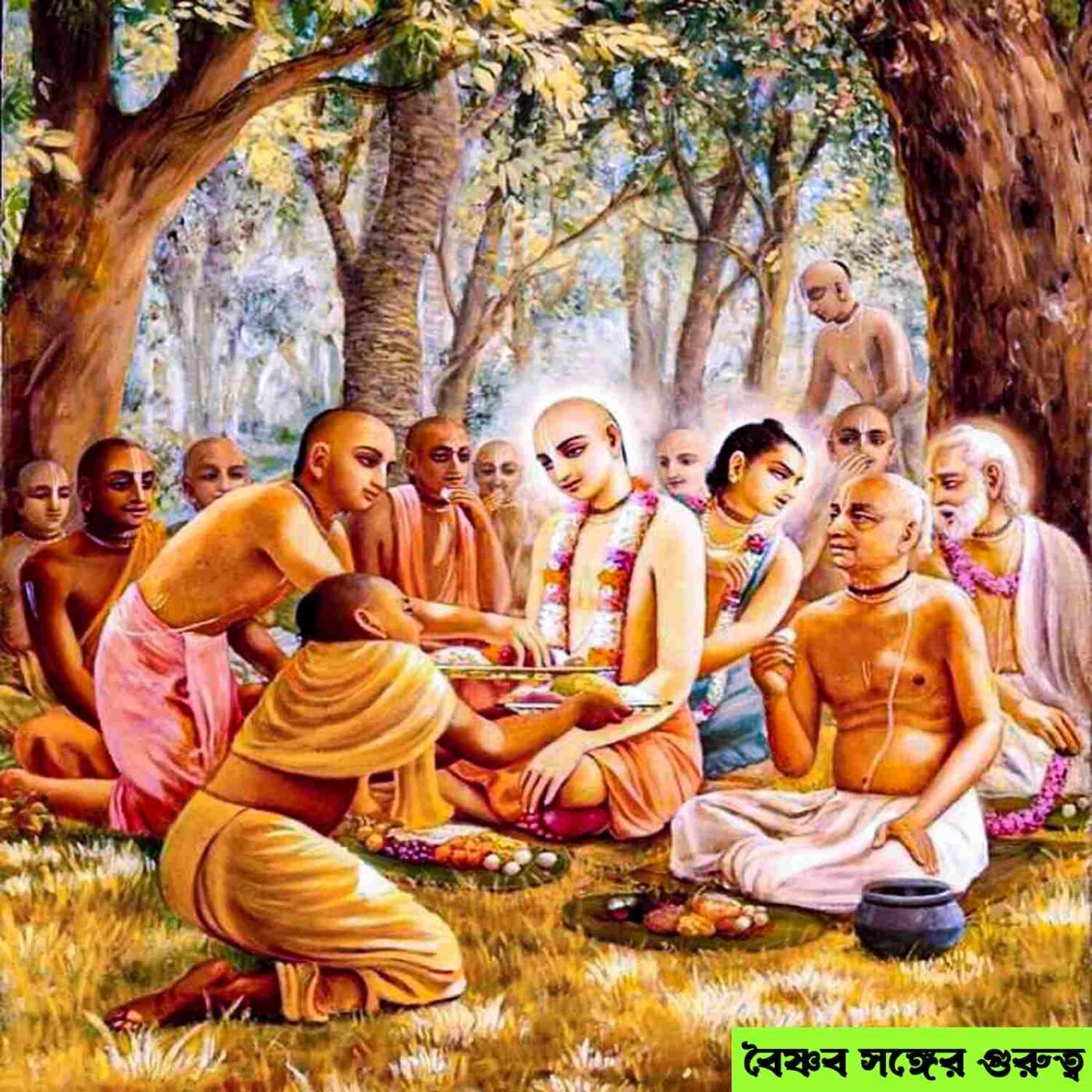
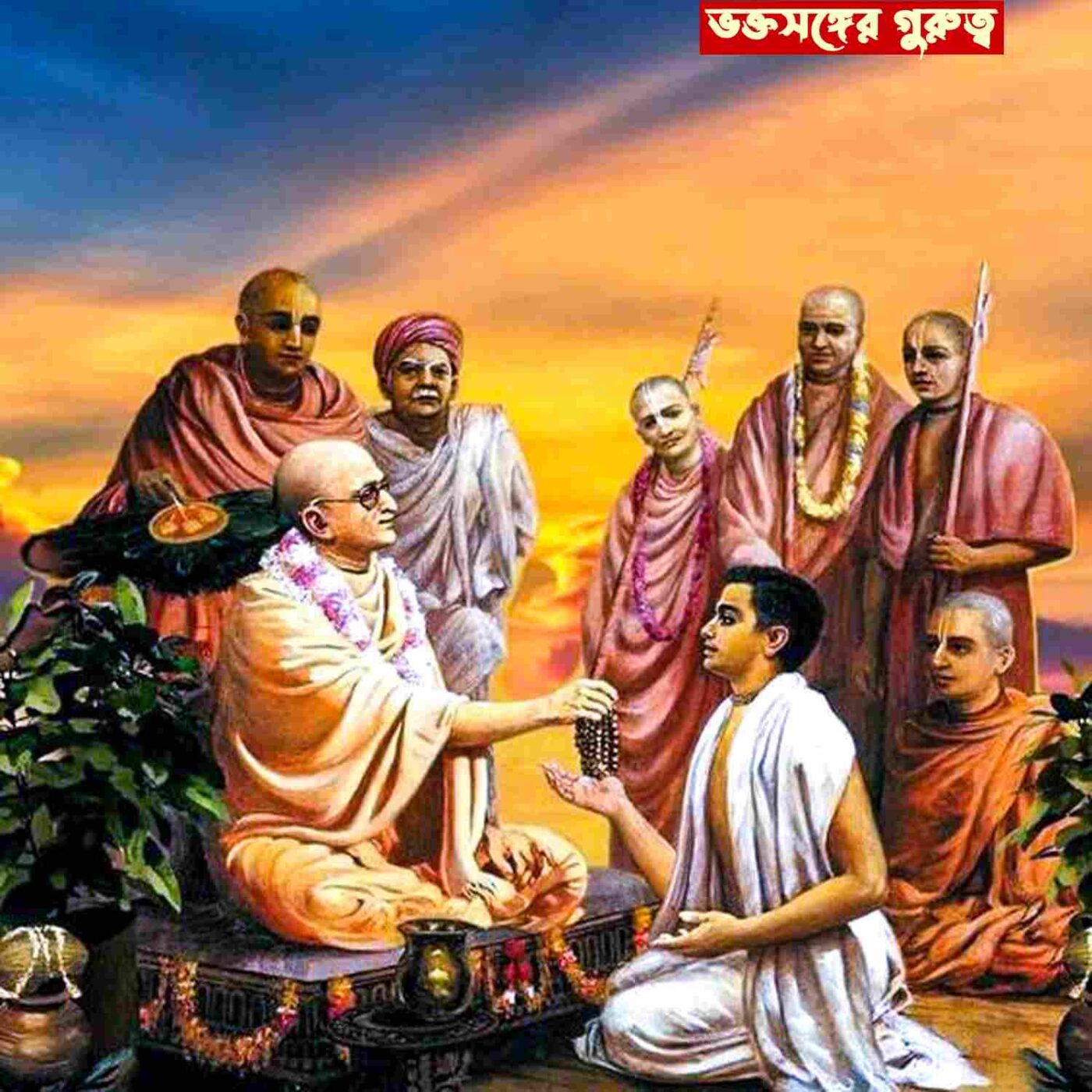
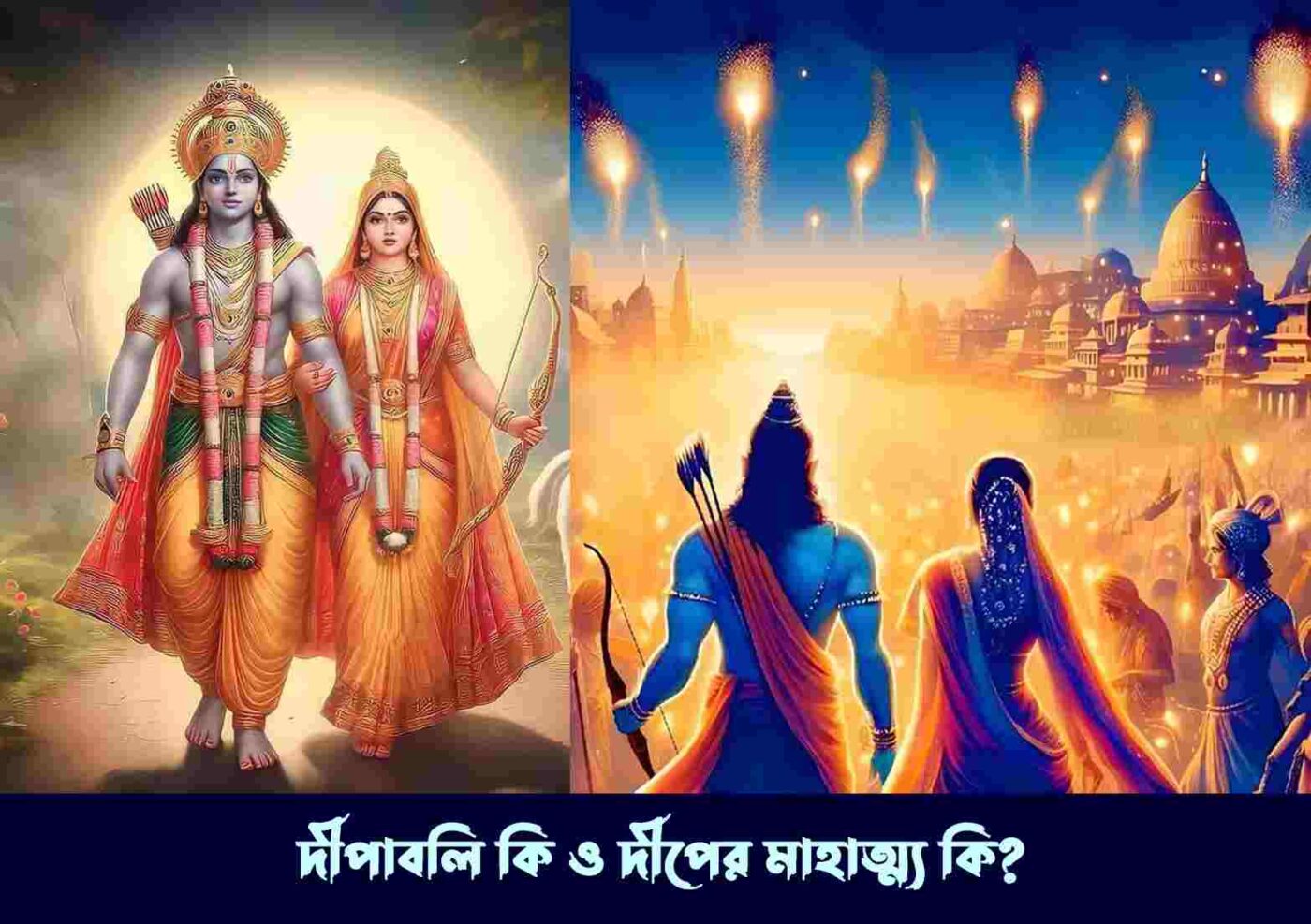
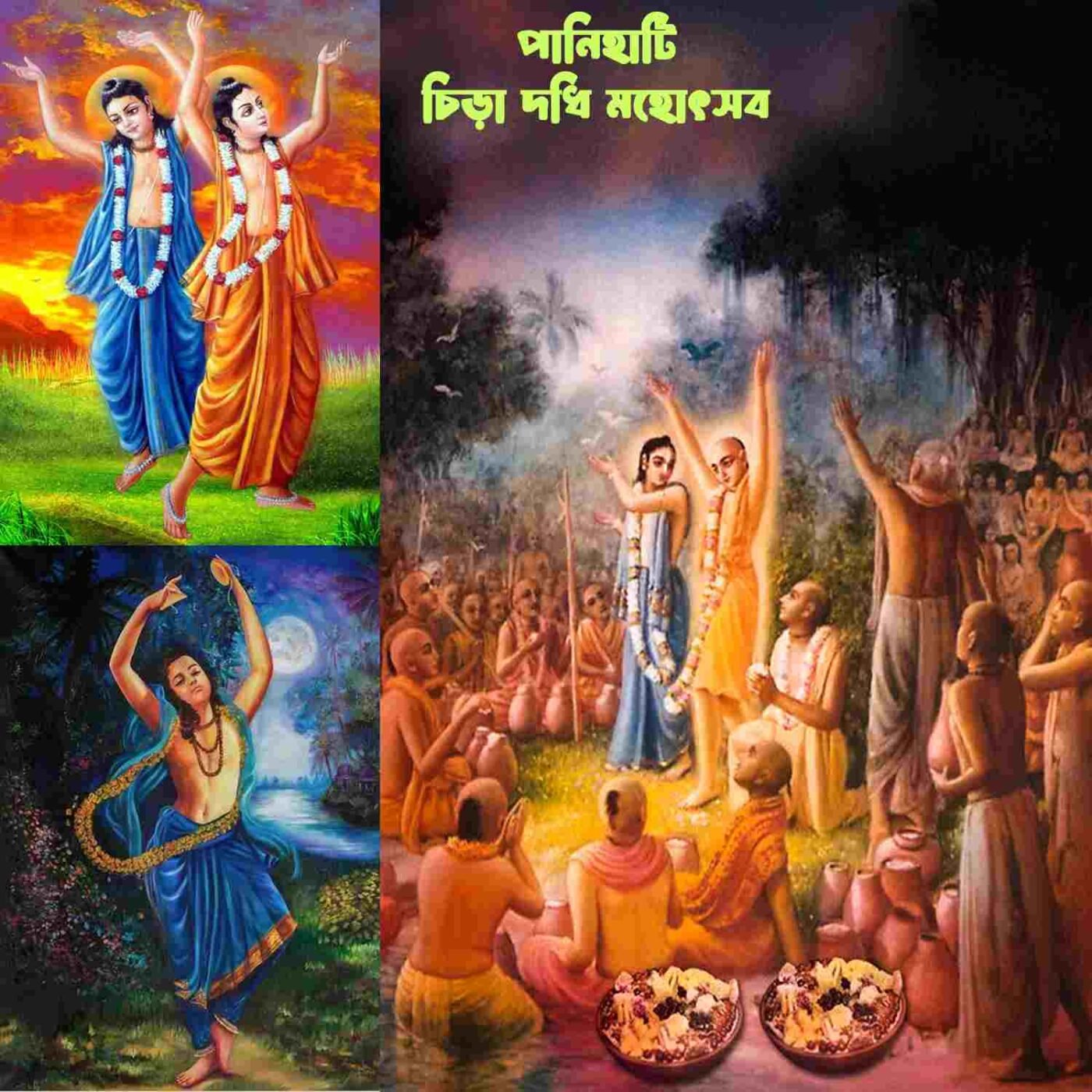
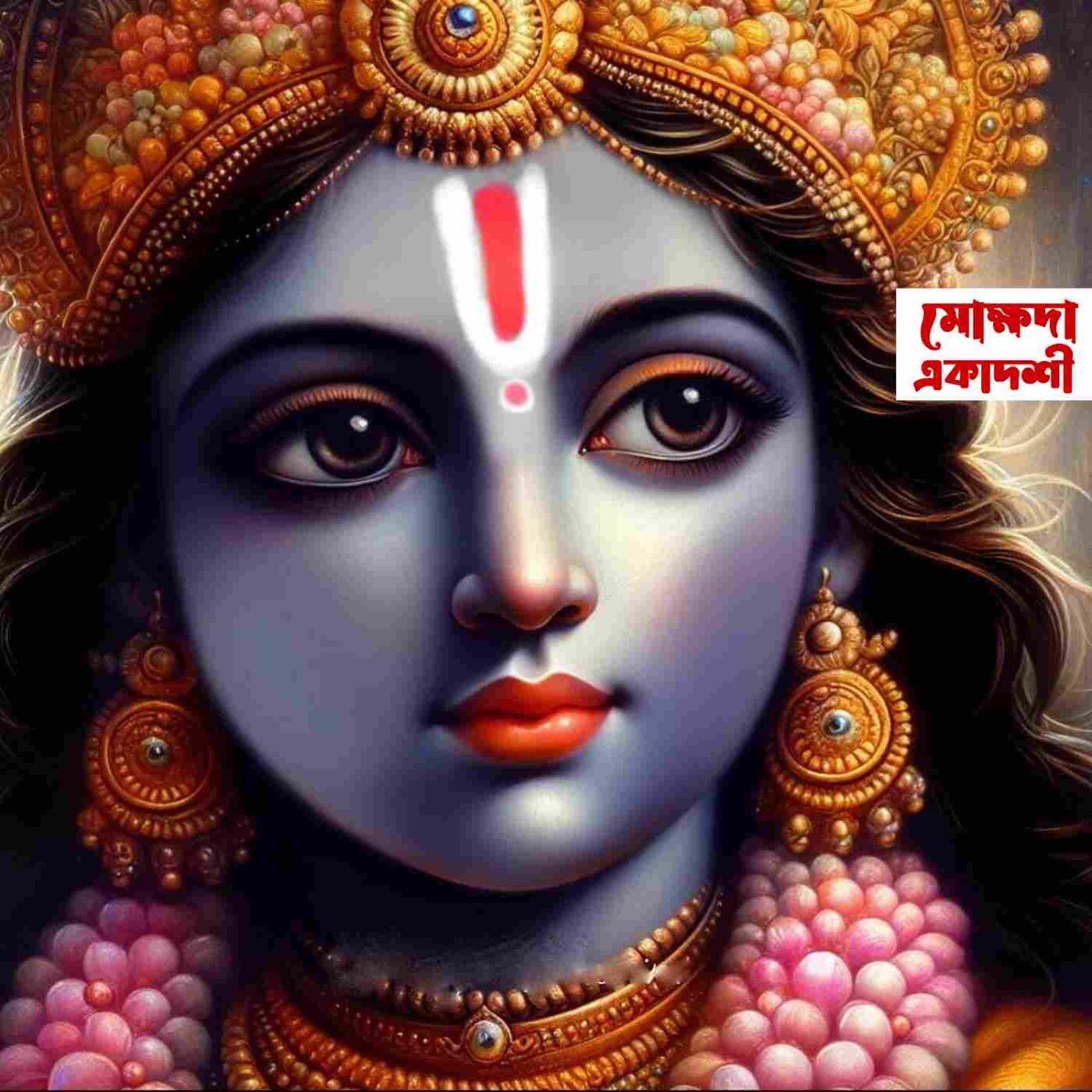
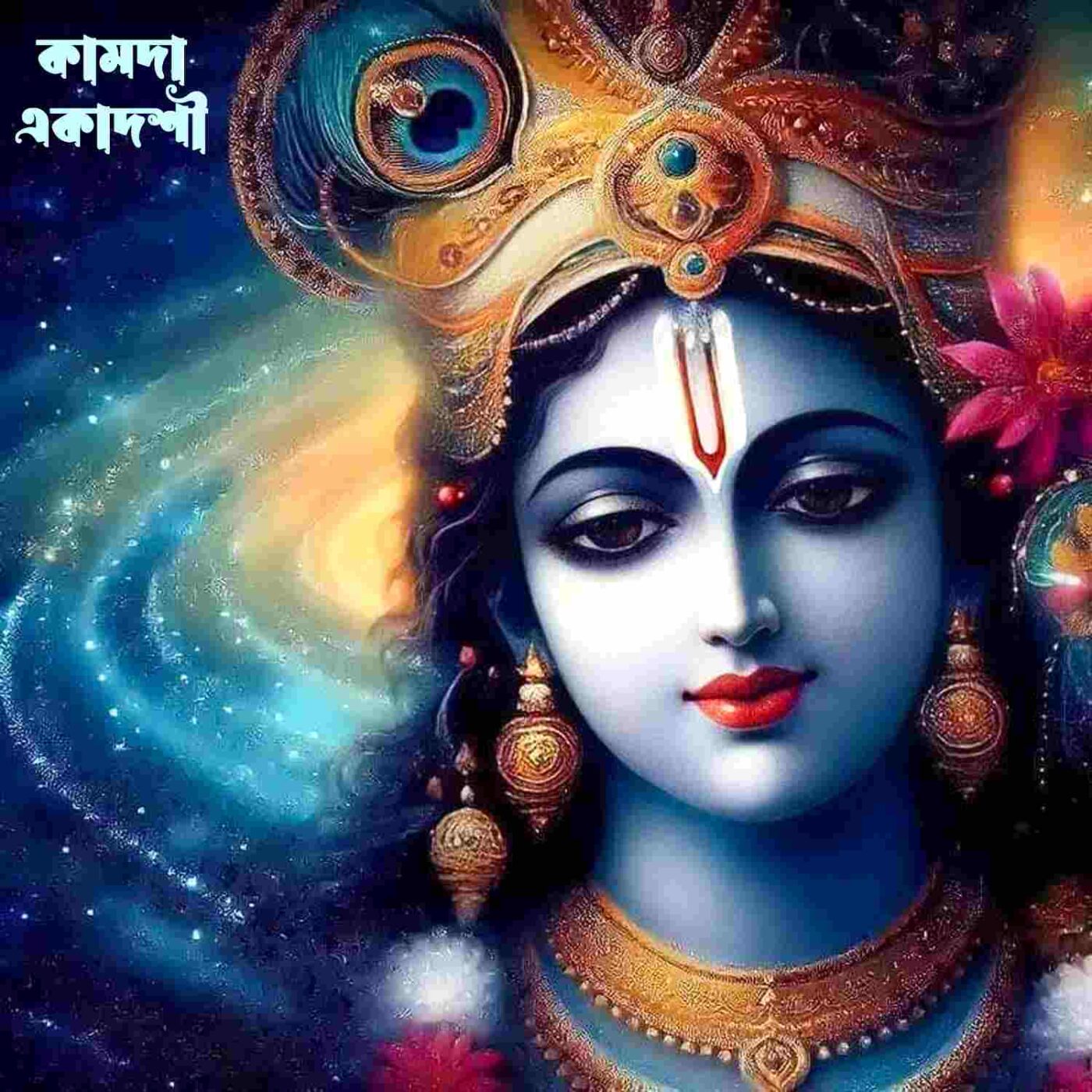
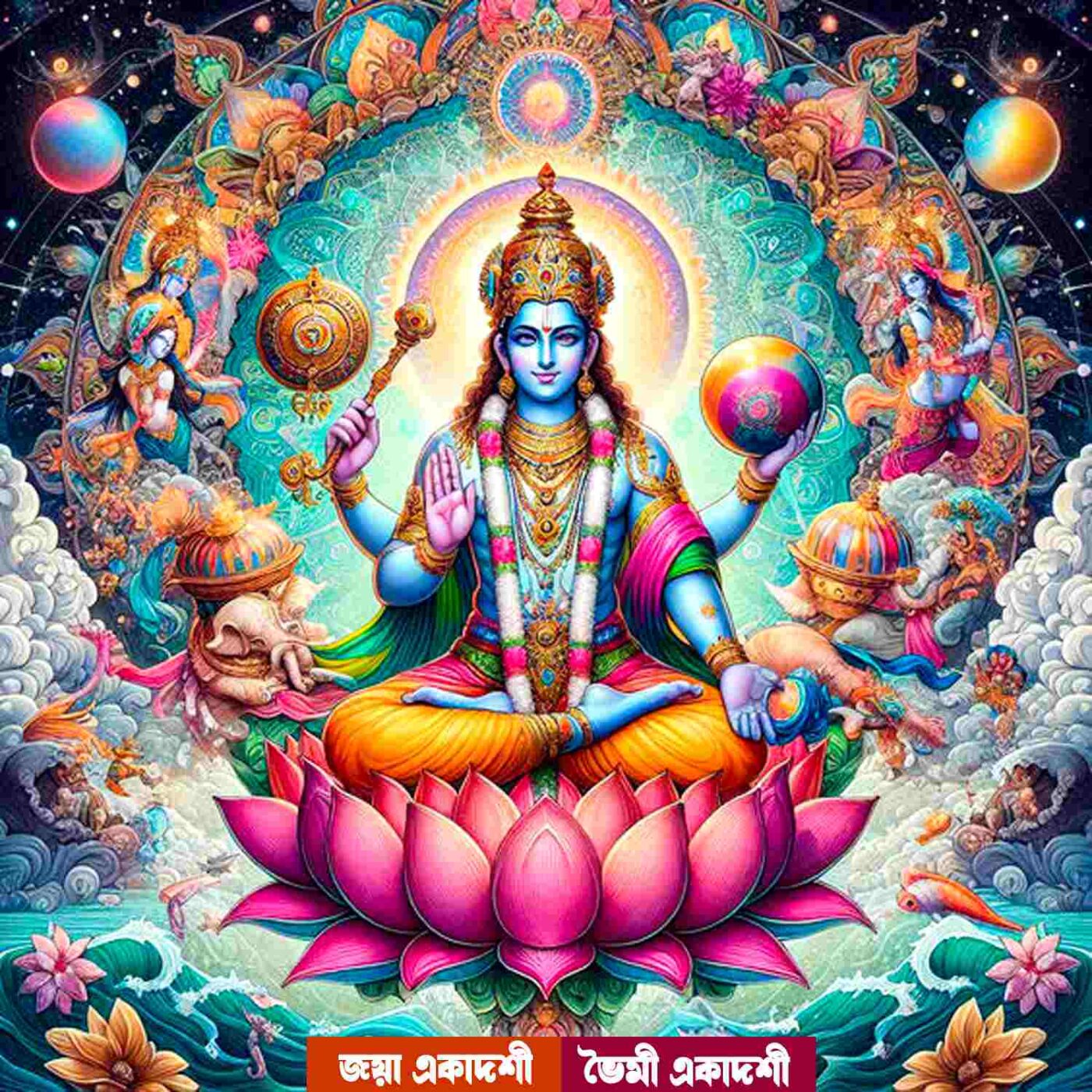
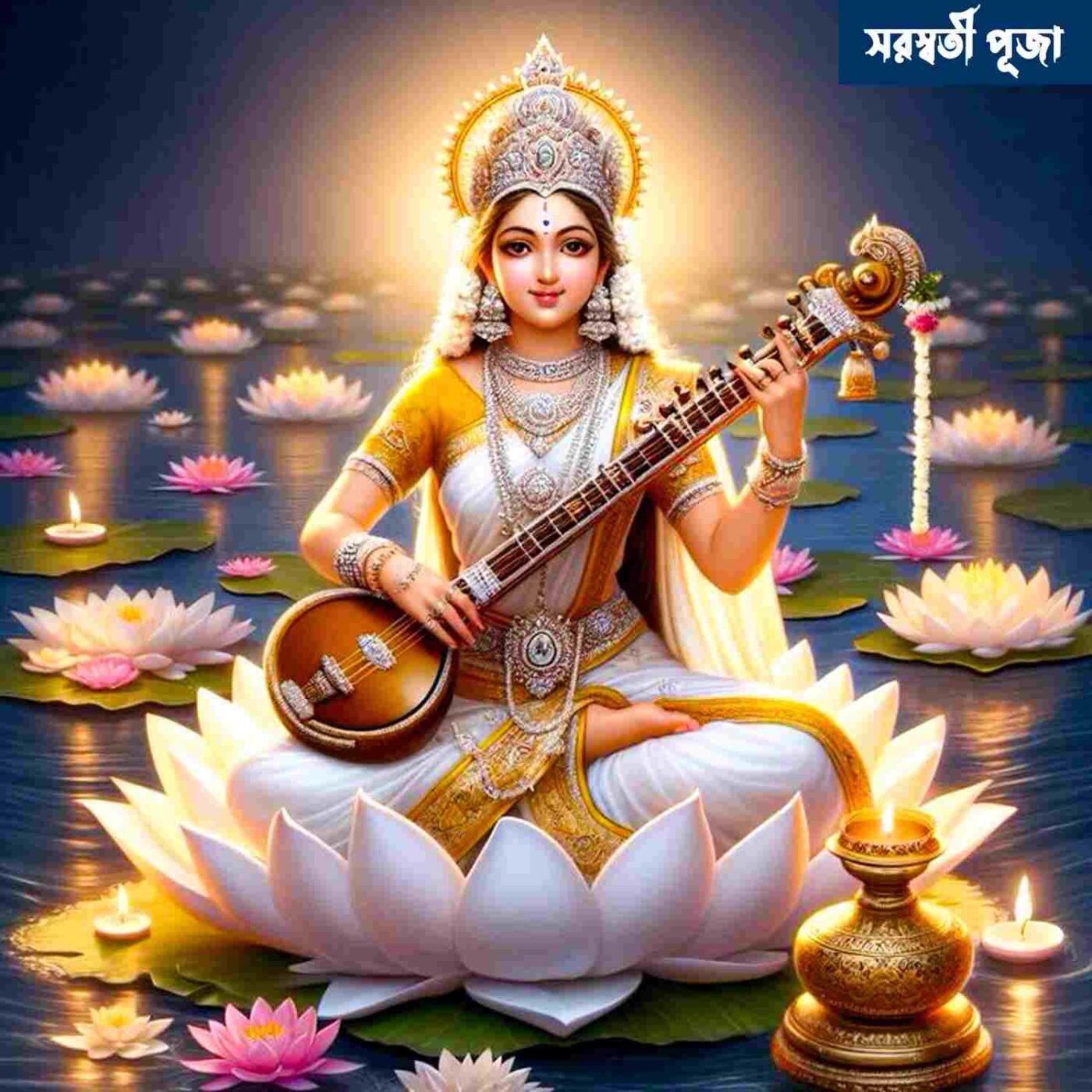
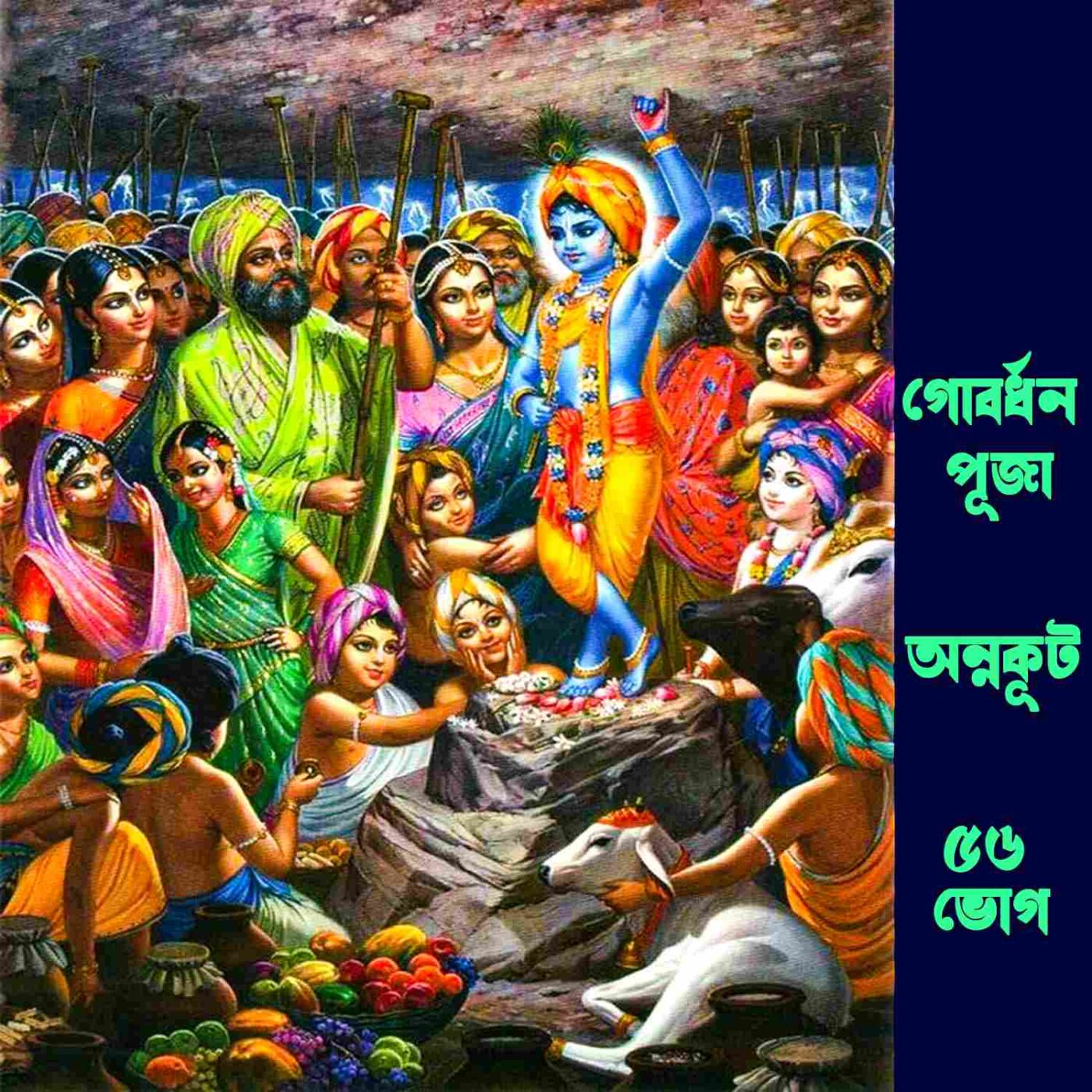
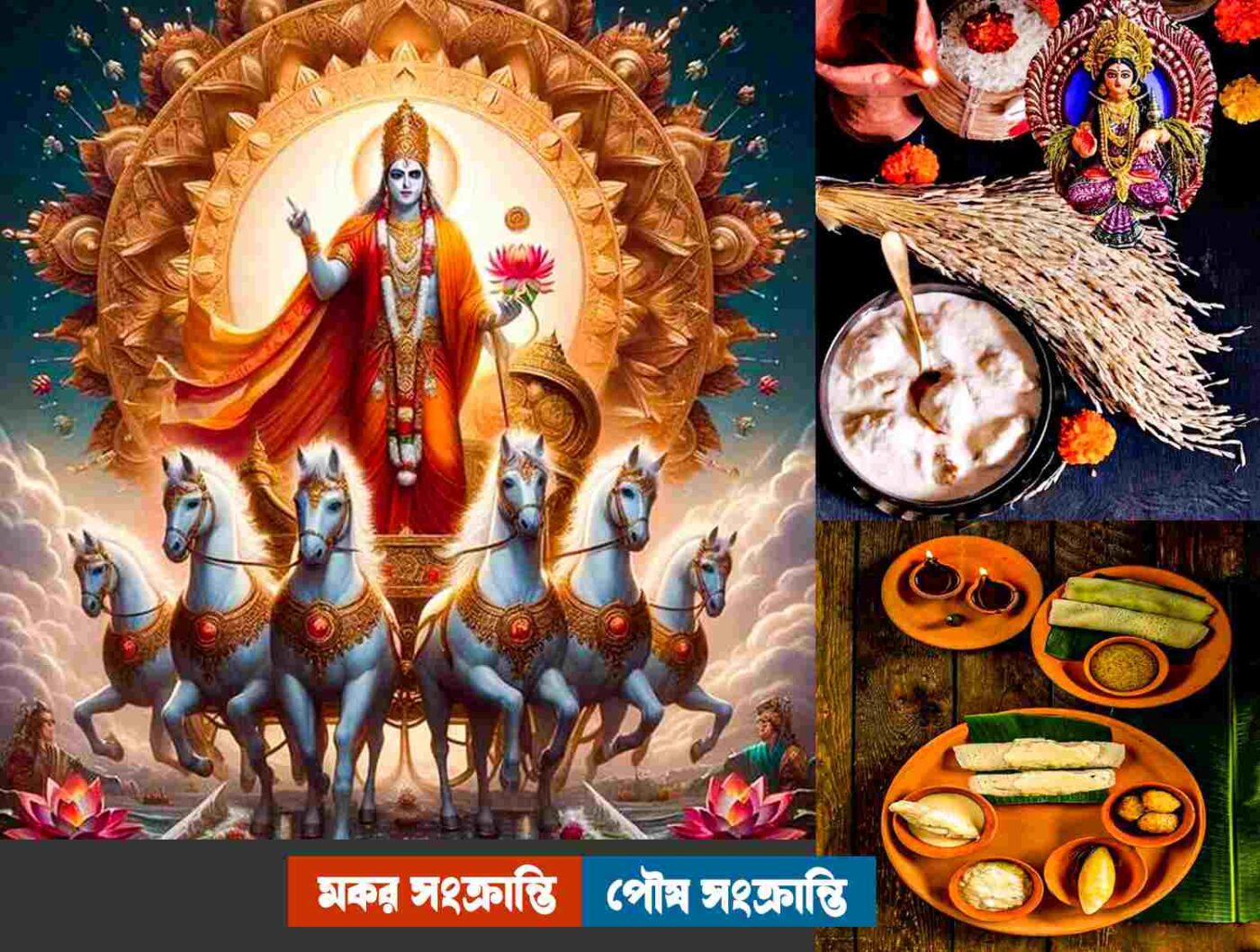
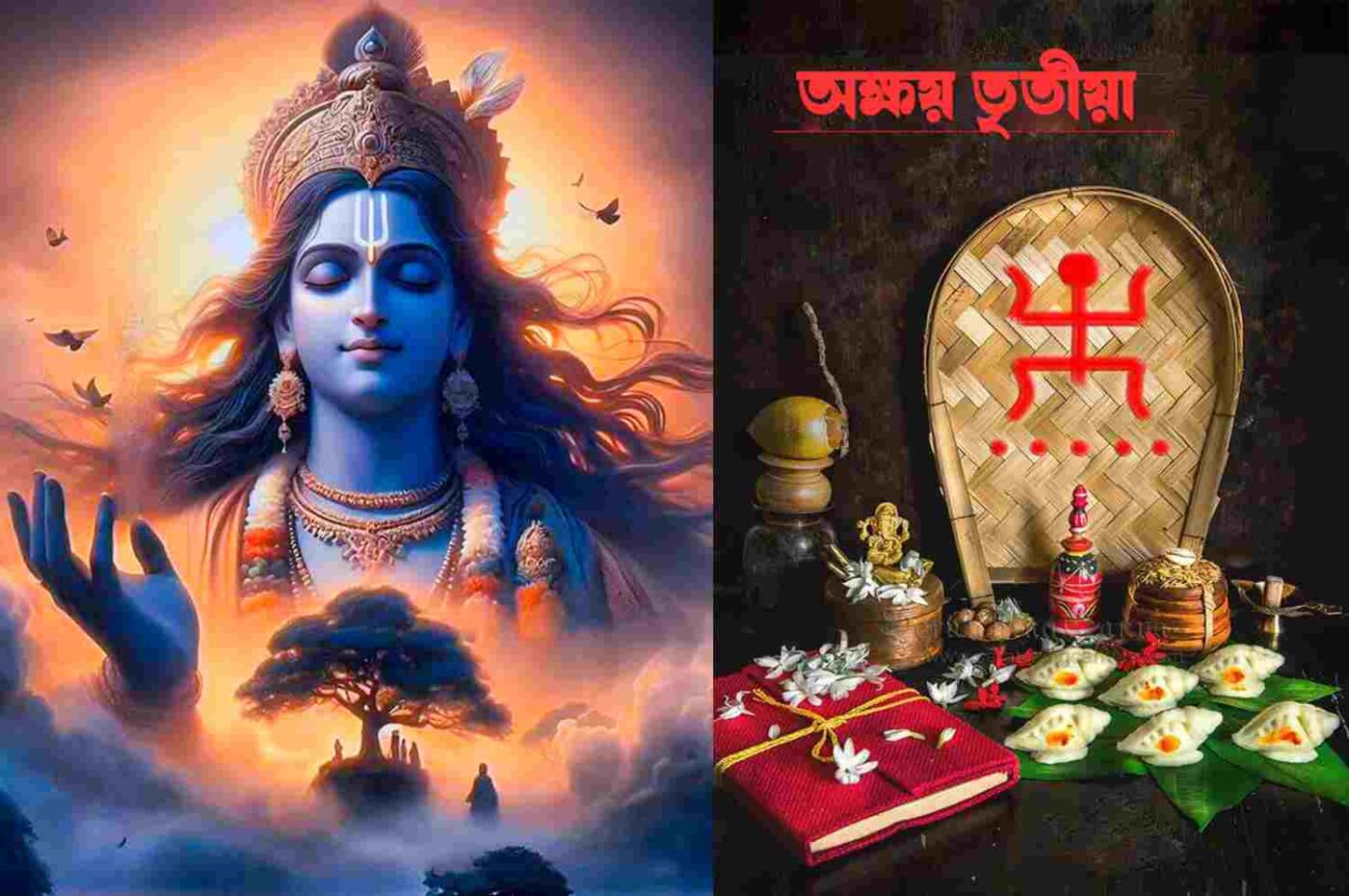
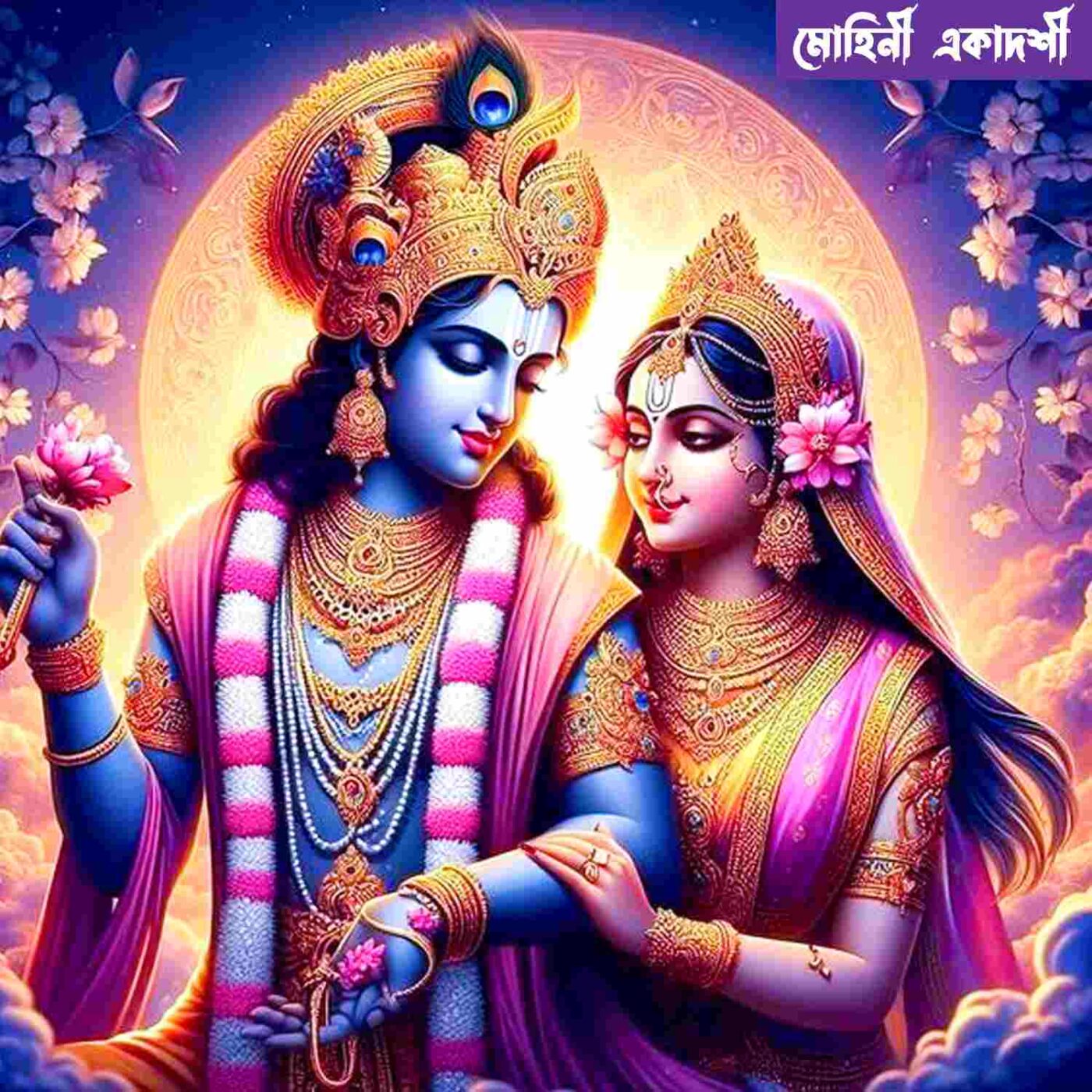
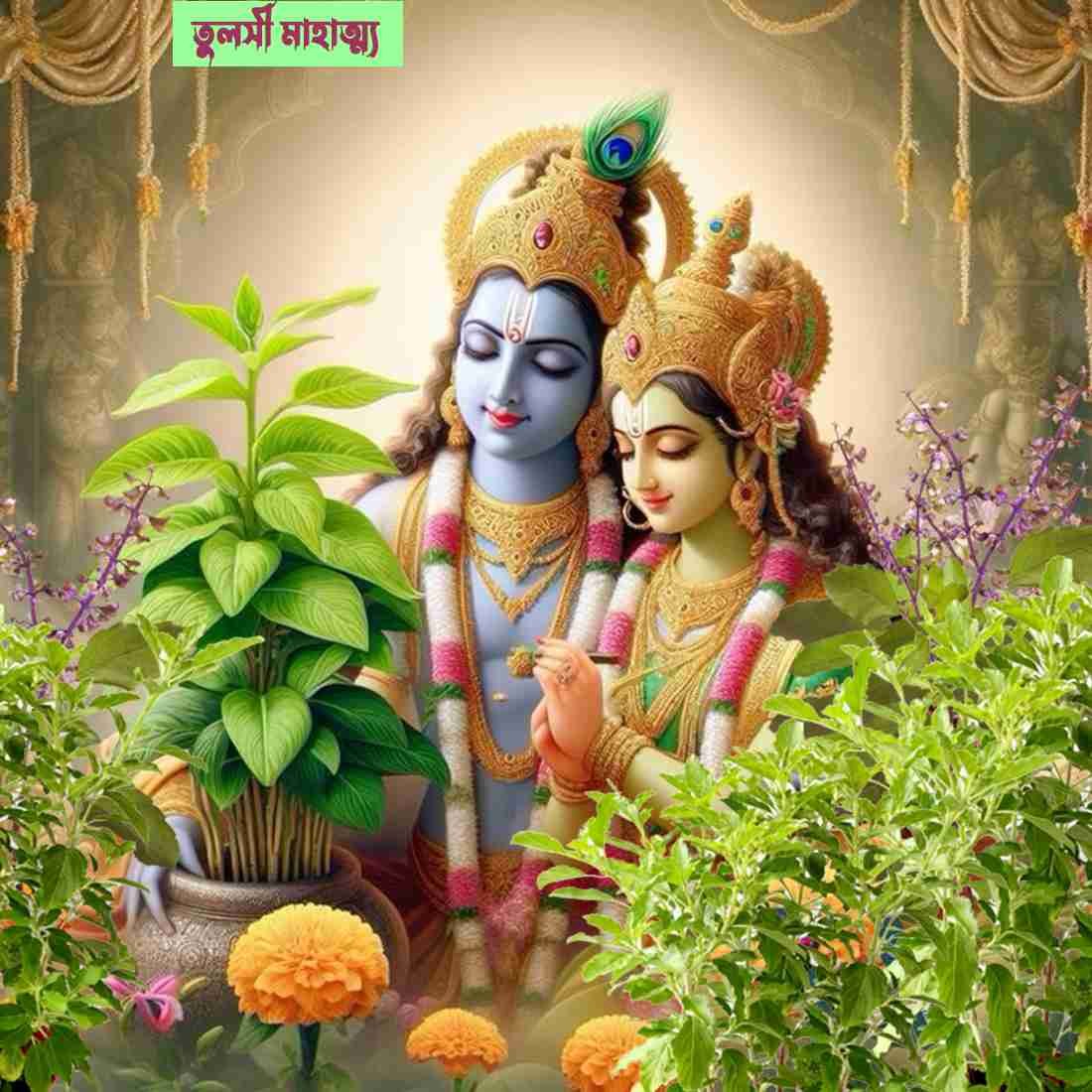
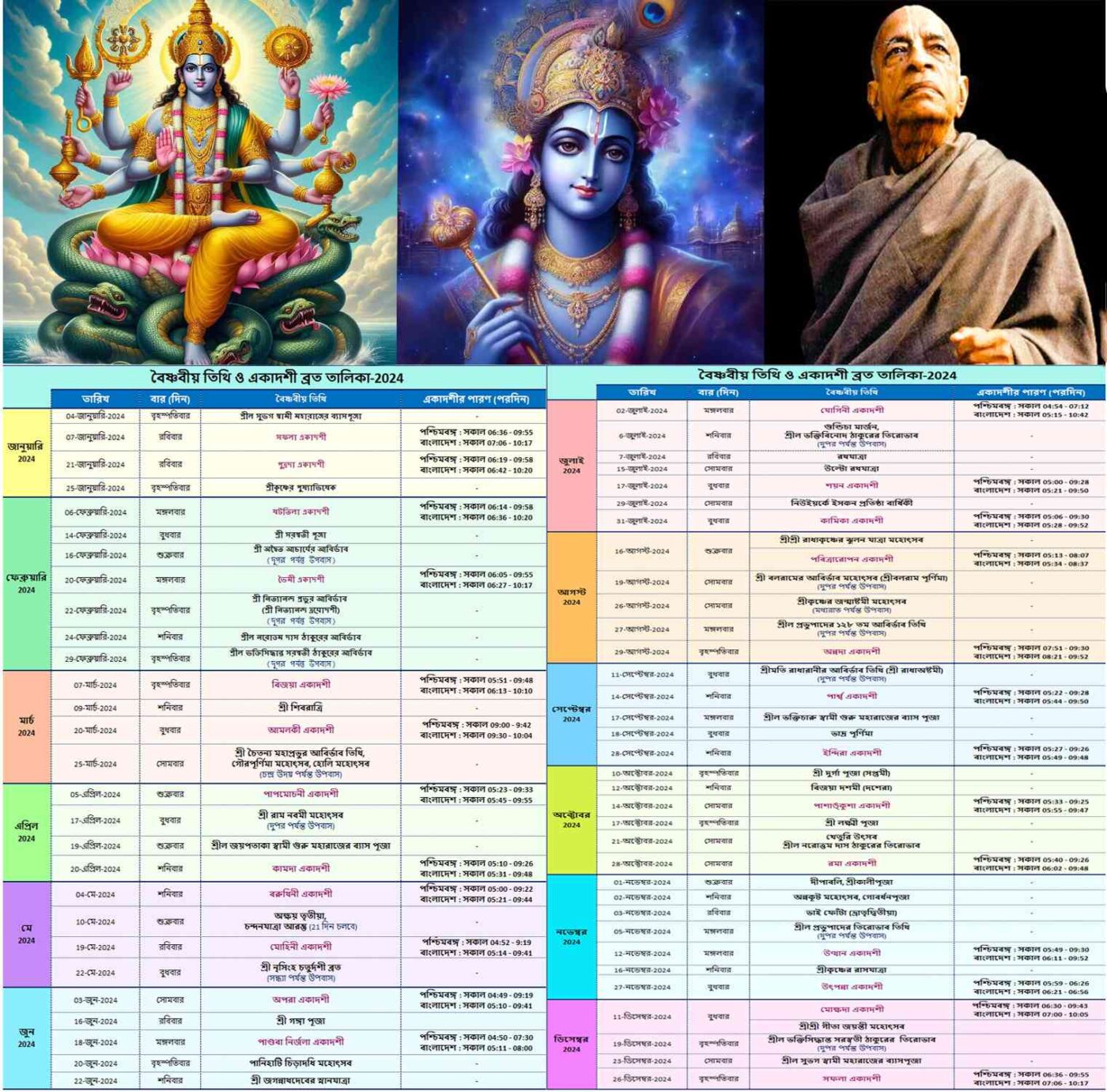
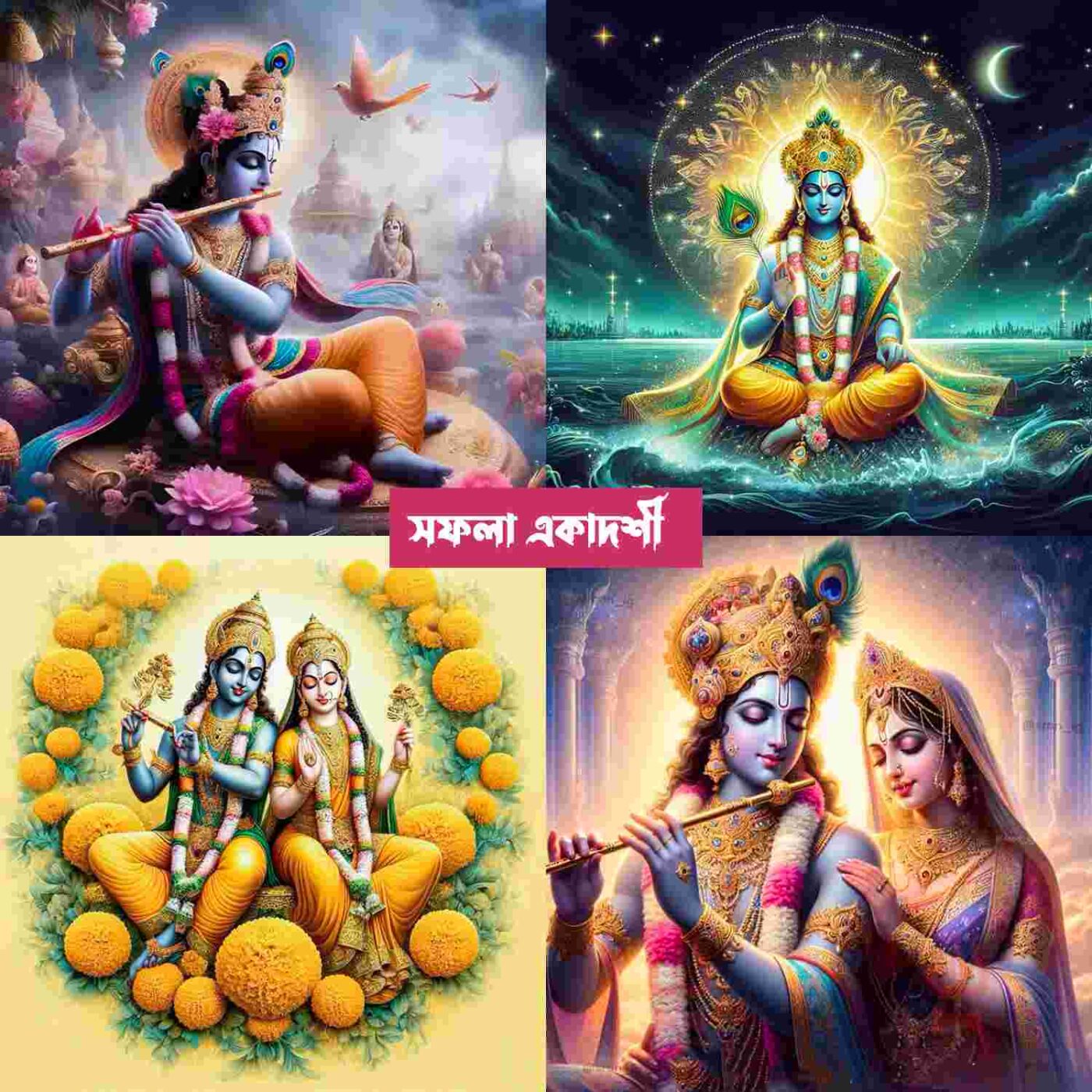
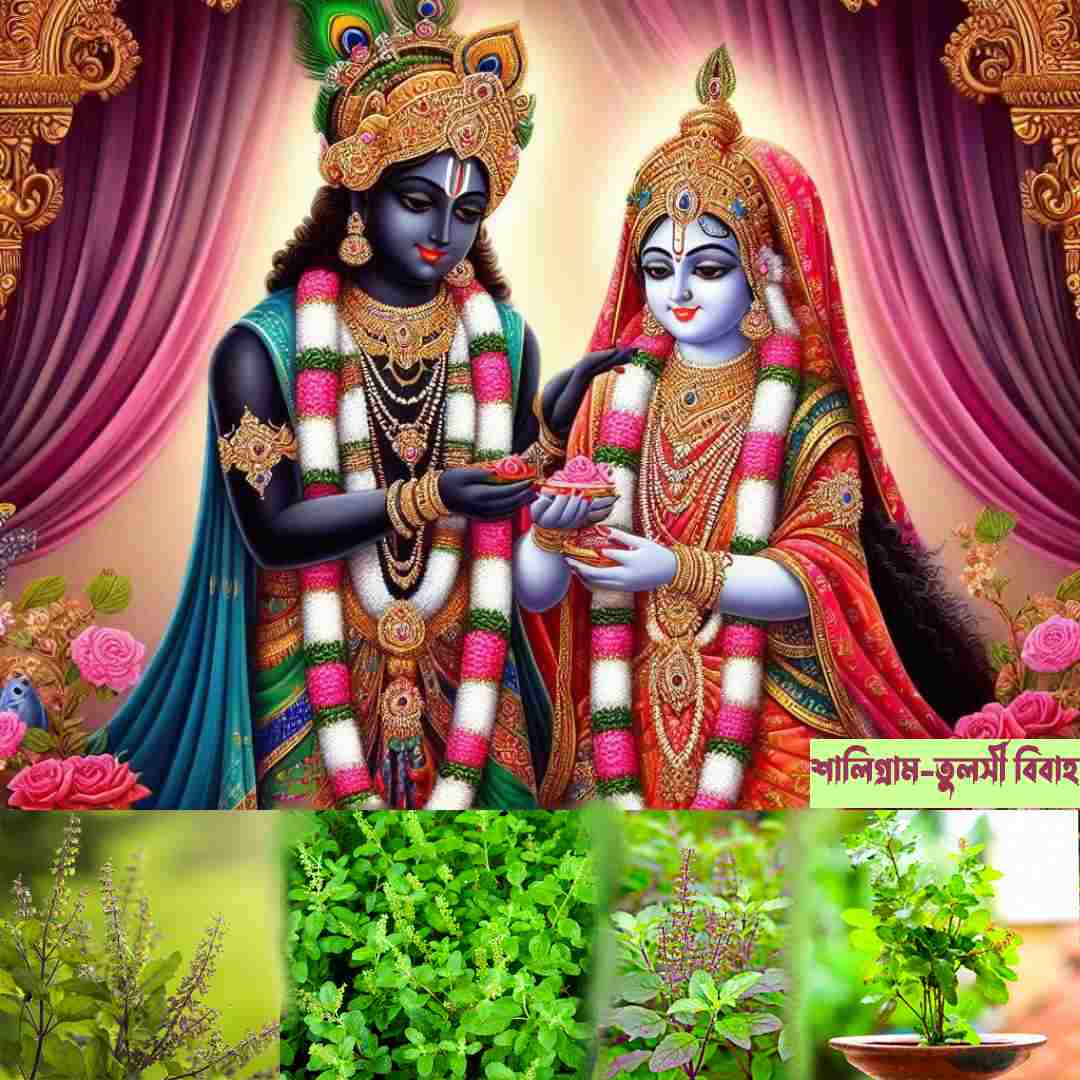
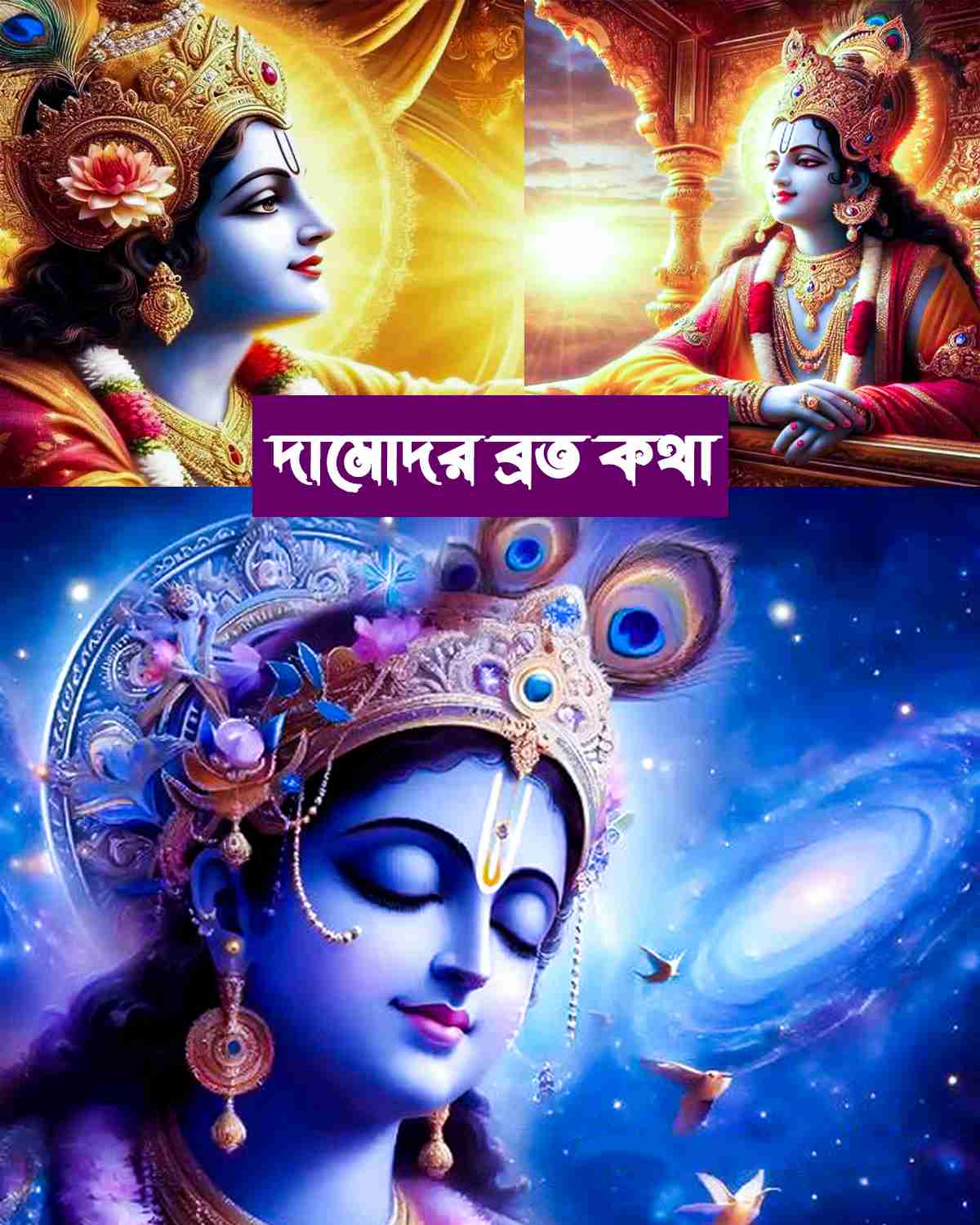
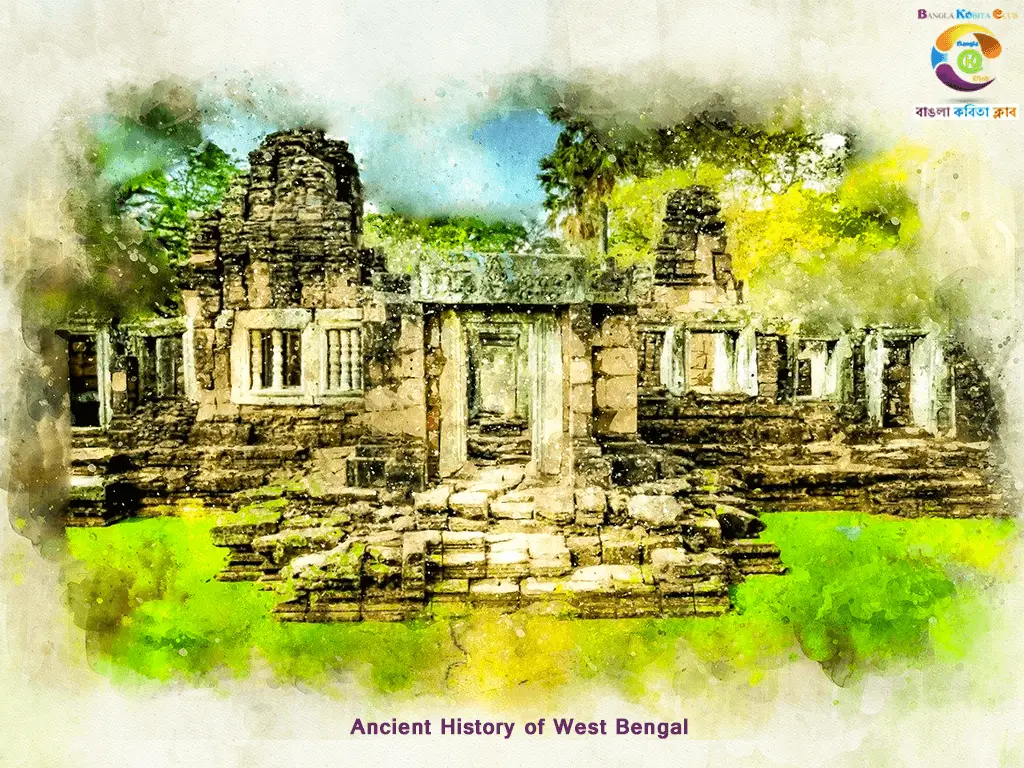



You must be logged in to post a comment.